La Tolteca 2.0 Issue #3. Aug. 7, 2020
ISSUE #3, August 7, 2020
VERY EXCITED TO DELIVER THIS THIRD ISSUE OF LA TOLTECA 2.0. Poets, artists and teachers featured here live now in Jamaica, Mexico and California. Through community involvement, art, poems and a desire to record reflections is their shared empathy for humanity and the planet that is all our home. Contributors in this issue: Opal Palmer Adisa, John Kaine, Ed J. McCaughan and Joey Villareal.
Here we go, amigos, amigas, dam-x y caballer-x! You don’t have to be brown or a boomer but we are focusing on creatives, activists and teachers over 40 all over who are managing to thrive in these times. We start with selfies & images that bring us a smile, celebrate our existence & speak out loud: relieved to be alive on any given Covid-19 Day.
*In Jamaica where I live and work, as throughout most of the Caribbean, and the world, girls and women are constant victims of street harassment and rape. Often the community is

Opal Palmer Adisa at home. “The fruit is Ackee, Jamaican’s national fruit, which is actually a sort of vegetable which we eat for breakfast and that looks like scrambled eggs when prepared.”
complicit. Often, girls are blamed by their mothers and the society for being at fault because the law does not protect girls and women, and few persons take the time to listen to their stories. Listen and act.”–Opal Palmer Adisa
 John Kaine, artist, now living in Mexico. Check out his work below.
John Kaine, artist, now living in Mexico. Check out his work below.
John Kaine, artist (Oaxaca, Mexico)
John Kaine’s meditations on life and art
John Kaine, a North American immigrant who lives in Oaxaca, is a largely self-taught artist. In his most recent work, Kaine offers a meditation on the people who have influenced his life and art. His paintings bring together family members and artistic mentors in a collage of memories and imagined encounters: the biological father and the father who raised him, the twin brother taken by AIDS, boys facing the world of men, and the artists who inspired him (Julio Galán, David Hockney, Rodolfo Morales, David Wojnarowicz). In the two large-scale works featured here, Tot Vater and The Future Is Not What It Used to Be, the threat of social violence seems to lurk among the vibrant colors, pastoral landscapes, nostalgic portraits, and images of childhood innocence.
The visual language of Kaine’s larger body of work reveals multiple aesthetic influences from popular culture: U.S. film and cartoon characters, queer culture, corporate logos, Catholic Christs and saints, Mexican oil cloth designs and pre-Colombian figures.
Kaine has exhibited his work in one-man shows in Oaxaca and throughout the U.S
Joey Villareal (Chicano from Aztlán, California)
The Vibrancy of Today’s Chicano Moratorium
Many artists, writers, poets and teachers of the late sixties to seventies became lifetime activists. We had found a place in the world where we might help contribute to social transformation and also said, “I exist.” Our personal lives took twists and turns moving from one phase to another but the commitment remained. Poets pen until our last breath. Stories are important to pass on.
Opal Palmer Adisa (Jamaica)
Opal Palmer Adisa, is the founder and editor of the journal, Interviewing the Caribbean. A poet, prose writer and playwright, she had written and published more than 20 books. She is the University Director of The Institute for Gender and Development Studies, RCO, at The UWI, Mona. Her forthcoming poetry/prose collection is entitled, The Storyteller’s Return.
*Prey
at 9 years old her areole
turned into tender buds
that pained when she bathed
at 10 her hips began
to round and her posterior
raised her skirt soliciting glances
at 11 her buds
bloomed almost overnight to roses
unknowingly she sashayed
at 12 the street had eyes and sounds
that terrified her when alone
that her body which had become enemy
old men, idle youths on the corner
respectable men in cars even deacons and
the pastor looked at her so she felt dirty
wherever she turned their eyes undressed
her their psst-psst voice trapped her feet
tongues were flung at her and groins cupped
she didn’t know where to turn or to whom
or what she had done to deserve such
assault that made her hate her body
when returning from school and hurrying
through the vacant field –short-cut home
one evening he grabbed her from behind
she woke in the darkness her lips swollen
rubber her uniform torn from her body
and between her legs a salted wound
she managed to make it home
crawled into the bathroom and
accepted the assault of her mother
so you tink yu is big woman
so you coming in late
so yu start tek man
as she washed the blood
from between her legs and mouth
she imagined diving into the river
holding her breath
long long longer still
until her lungs explode
*Kadooment Day
not goin a blasted place
not prancin round and gettin on
you all betta hear me kiss teeth
all up and around Grand Market
i’s tired that’s what i celebratin
workin all me life and still can’t
buy house or take a trip to a place
where me is treated as a tourist
the other night rain fall heavy so
me dream we dig up all the cane
and where roots should have been
we find sweat and blood and vexation
the wind just hissing with cuss and cuss
man and woman just a hold dem belly so
celebratin what you neva had
mek history belch – a frog run over
you write the truth of that story
not revelin at all – no sah
*Kadooment Day is a Barbados Holiday celebrating Crop Over, which under enslavement meant the sugarcane – the crop– was harvested and sent to the factory so the enslaved Africans were given a day to celebrate..
Ed J. McCaughan (Oaxaca, Mexico)
McCaughan is the author of Art and Social Movements: Cultural Politics in Mexico and Aztlán, Reinventing Revolution: The Renovation of Left Discourse in Cuba and Mexico, and, with Peter Baird, Beyond the Border: Mexico and the U.S. Today. He lives in Oaxaca with his painter husband John Kaine.
Quiero que sepas (Memoir)
Olga Talamante is a long-time activist in Chicana/o, LBGTQ, and international human rights movements. She is Executive Director Emeritus of the Chicana Latina Foundation.
One evening in the late fall of 1974, my friend and co-author Peter Baird and I knocked on the door of Eduardo and Refugio Talamante’s house on Gavilan Court in Gilroy, California. We were there to deliver the devastating news that their daughter Olga Talamante had been imprisoned and tortured by the Argentine government because of her work with the Peronist Youth. The Juventud Peronista was a mass movement fighting for democracy and social equality. Intrigued by what she had heard about the movement from two magnetic young Argentine filmmakers and activists she met in Mexico City, Olga, an activist herself, had traveled to Argentina. Now she was a political prisoner of a regime intent on squelching all opposition to its increasingly right-wing policies.
Señora Talamante greeted Peter and I warmly, although she had met us only once or twice; if we were friends of Olga, then su casa was nuestra casa. A short, stout woman with long salt-and-pepper hair pulled back in a bun, her dark eyes sparkled with the same warmth as her daughter’s. Eduardo was tall and handsome and looked farmworker strong; initially he was far more reserved than his wife.
Olga had been traveling a lot in those days, and her parents were accustomed to her unannounced comings and goings. Even after we delivered the terrible news of her imprisonment, Doña Cuca and Don Lalo, as we soon came to address them, were sure we were joking and that Olga was just hiding outside waiting to surprise them. As we repeated what little we knew at that point about Olga’s situation, reality began to set in. Don Lalo and Doña Cuca cried; Cuca, a devoted Guadalupana, crossed herself. Having little idea what we were going to do, Peter and I promised we would do everything possible to bring Olga home safely. We kept our promise. It took 16 agonizing months of intensive grassroots organizing by the Talamantes’ family and friends and our combined networks of student, church, and social movement activists. As a result of our efforts, Olga was freed and returned home in 1976. Olga, Peter, and I were only 24 years-old when she was taken prisoner, so young to be confronted with such a harrowing reality. The experience would mark our lives permanently.
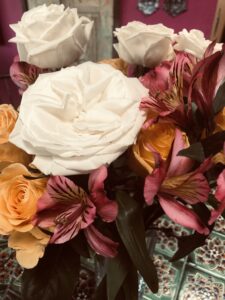 Peter and I had met Olga a few years earlier at the University of California, Santa Cruz, when we were students swept up in the zeitgeist of the 1968 era social movements, particularly the Chicano, United Farm Workers, anti-Vietnam war, and Latin American solidarity movements. She and I were introduced by our mutual friend Eddie Escobedo in the fall of 1969. Eddie, a Chicano movement leader, and I lived in the same dormitory. He and his roommate threw a party in their dorm room on the floor above mine. Lots of beer, tequila, and mota. A Chicano movement heavy—I’ll call him José—had a lunch-size brown paper bag of weed and kept rolling joints, apparently so stoned he didn’t realize until it was too late that the other partiers had smoked most of his stash.
Peter and I had met Olga a few years earlier at the University of California, Santa Cruz, when we were students swept up in the zeitgeist of the 1968 era social movements, particularly the Chicano, United Farm Workers, anti-Vietnam war, and Latin American solidarity movements. She and I were introduced by our mutual friend Eddie Escobedo in the fall of 1969. Eddie, a Chicano movement leader, and I lived in the same dormitory. He and his roommate threw a party in their dorm room on the floor above mine. Lots of beer, tequila, and mota. A Chicano movement heavy—I’ll call him José—had a lunch-size brown paper bag of weed and kept rolling joints, apparently so stoned he didn’t realize until it was too late that the other partiers had smoked most of his stash.
Eddie introduced Olga and me at that party. Olga’s thick black hair, straight with a slight wave, hung below her waist. Her black eyes sparkled with the promise of fun. She wore no makeup on her smooth, soft, round face, a beauty perfect for the times.
Eddie was anticipating the arrival of a high school friend—his name may have been Frank—who was traveling to Santa Cruz by bus. Eddie asked Olga and me to pick Frank up at the Greyhound bus depot and bring him back to the party. Olga and I didn’t know each other; we didn’t know Frank. But what the hell? It was hard to ever say no to charismatic, ever ebullient Eddie, and Olga’s mischievous eyes said it could be fun.
Frank was not on the expected bus, so Olga and I waited in my car for the next scheduled arrival. We must have bought a six pack or a pint, because we were soon drunk, sharing our stories of growing up in small, rural California towns. We were laughing and singing like we’d known each other for years. She taught me the words to Quiero Que Sepas, an old Mexican ranchera by Los Cardenales de Nuevo Leon: “Quiero que sepas que yo reconozco que tuve la culpa perder tus amores….” We sang it over and over, not knowing then how many loves would be lost and found in the years to come. And so began a life-long friendship that was soon to be cemented permanently by the campaign to free her from an Argentine prison.
A new issue coming in 2 wks. We’ll be featuring Chicana academic-curandera and poets from Chicago–the ‘Chi.’ See you back here on August 21st. Stay safe, y’all. We have open submissions. Check out guidelines below.
GUIDELINES
LA TOLTECA 2.0 is making its return here at www.anacastillo.net It is a virtual zine with ongoing posts. You may submit to ana@anacastillo.netYoul’ll receive an automated response and nothing further. (If you don’t receive the automated response alert me on FB messenger) For consideration to the following new features only unpublished, never posted on SM, original images and material. If your work is selected it will be posted the following Friday. If not, you won’t hear from us but you may try again with something new.
New Features
BOX 4B: Brown & Beautiful Babe-Boomers
You don’t have to be brown or a Boomer and your submissions don’t have to be selfies but you’re welcome to submit. Send us what gave you a smile, lifted your spirits, kept you going that past week. Smart phone pics work, no specific format necessary. Do NOT send images previously posted on social media or elsewhere. Your submission is consent for use at L/T 2.0. Add a couple of lines with your name and about the pic or yourself to be included, if selected. If any of your submission is selected it will be posted the following Friday. If not, you won’t hear from us but you will be welcome to send something new for consideration again.
Yo ¡Presente!
No rants or editorials, please. Only clean, proof-read submissions in a journalistic style will be read for consideration. Double space, 12 point, Times Roman—750 words. Your most recent activist concern. Include your name and a line describing how you participate in social justice issues. Checklist for your piece: What, when, why who and how.
Poetry, Memoir and Flash Fiction
Original and unpublished work. Spanish and English languages considered.
All submissions must have been proofread double-spaced, 12 point, paginated. Fiction word count limit 2,500. Your name and one line about yourself or your submission. If selected, it will appear the following Friday on Tolteca 2.0, anacastillo.net homepage. No emails will be sent out. If you don’t hear back it wasn’t selected. You are welcome to send something else next time.
La Tolteca 2.0 is a blog. We reserve all rights to post as and what we choose.
If your original works appear here you may use again elsewhere with credit to first appearing at La Tolteca 2.0 (and date.)

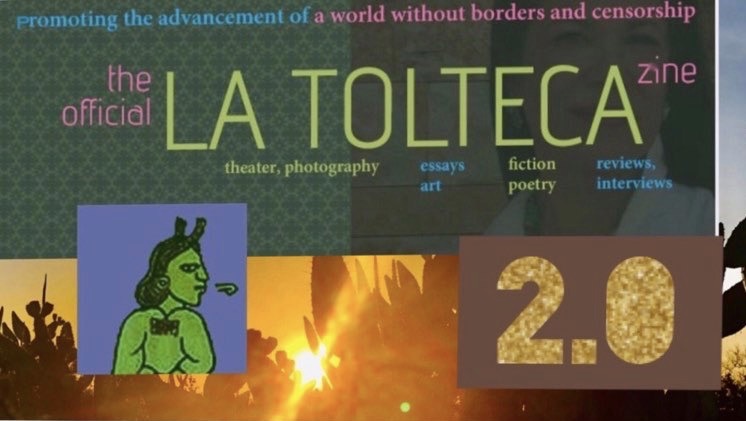


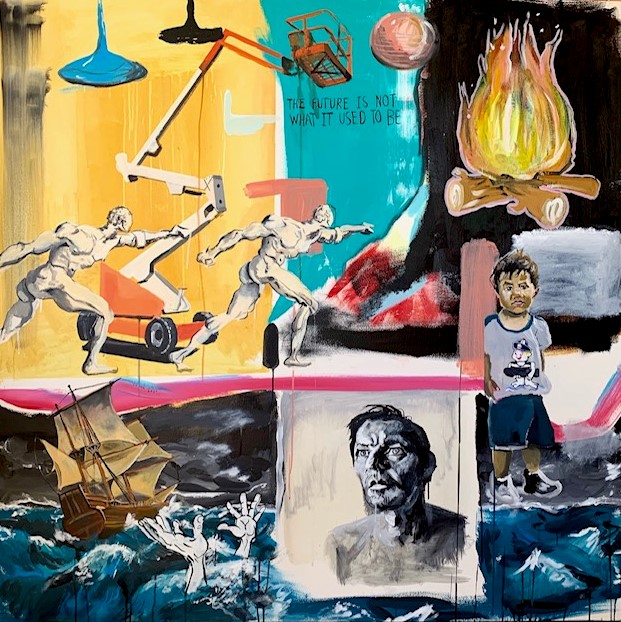
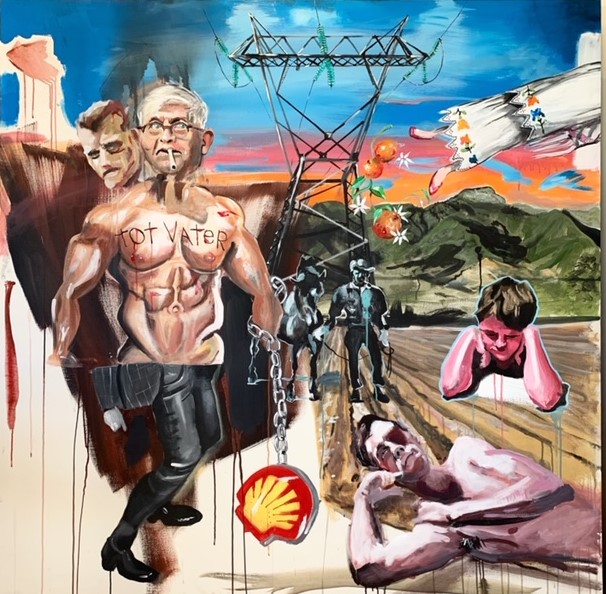
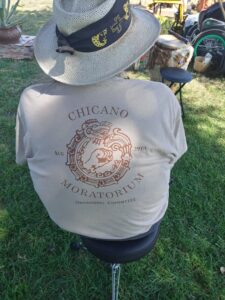

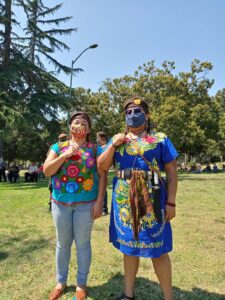
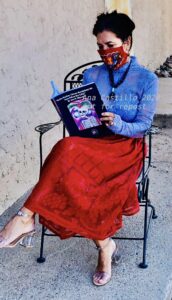



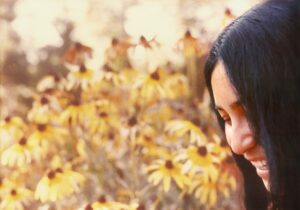
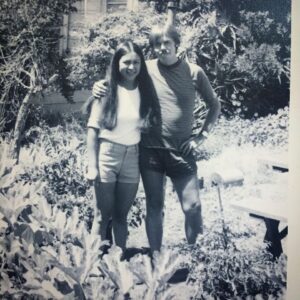
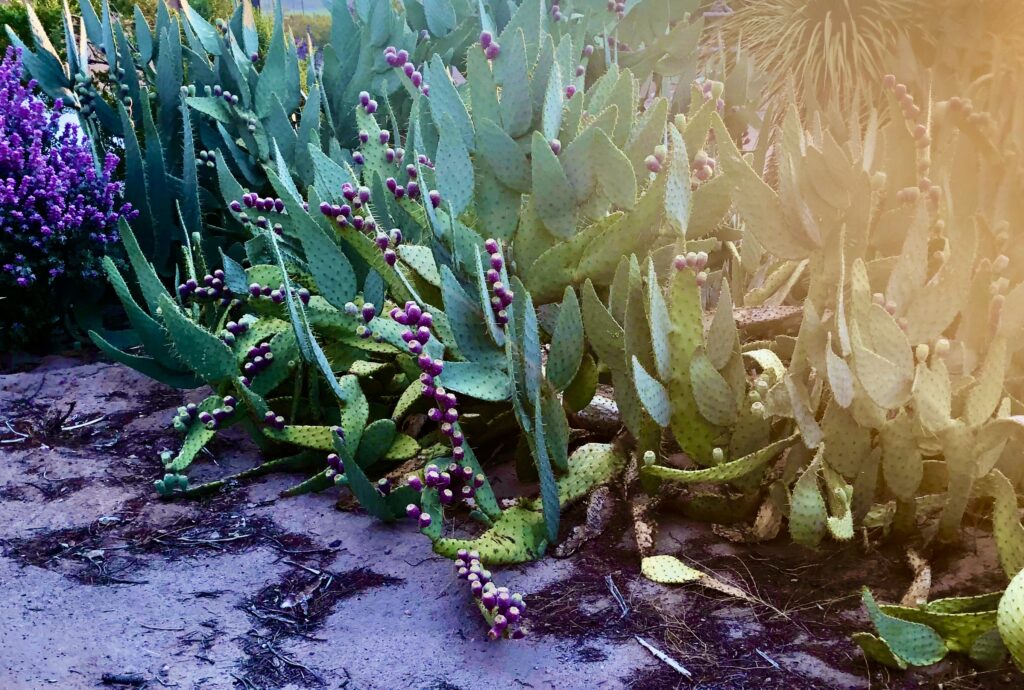
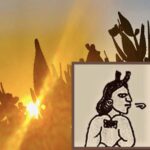
2 Comments
Tessa Koning-Martinez August 08, 2020 - 02:26
How do I subscribe to this blog? To La Tolteca.
My friends Olga T and Ed M shared this ‘issue’ on Facebook and I would love to subscribe to it now.
Gracias
Ana Castillo October 26, 2020 - 20:14 – In reply to: Tessa Koning-Martinez
Hi Tessa–thx for asking. Having some tech problems here regarding subscription.